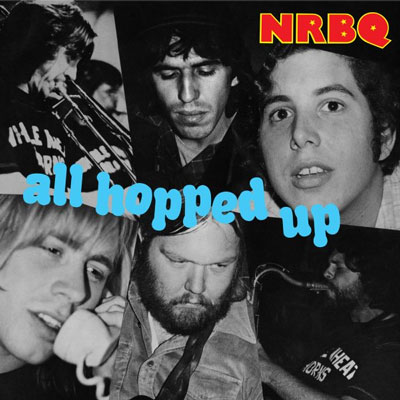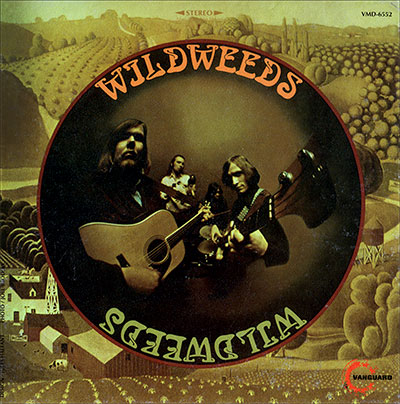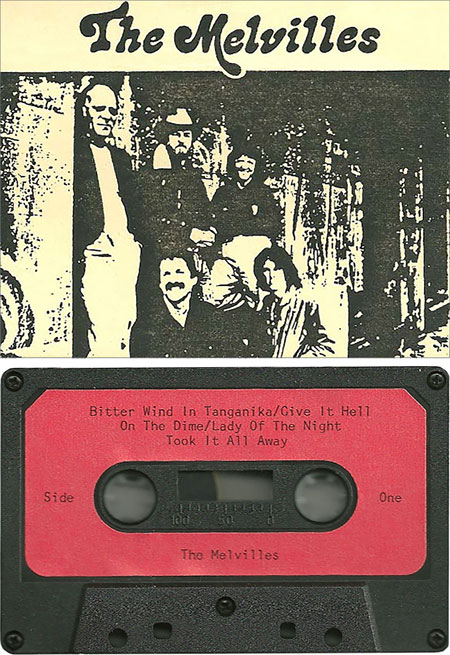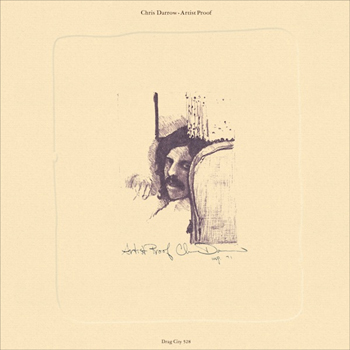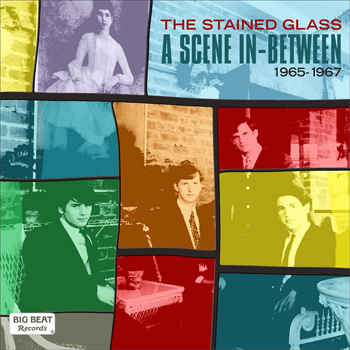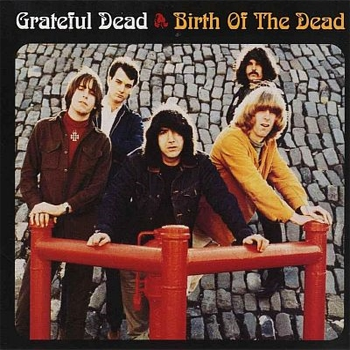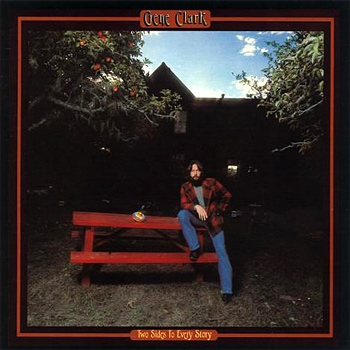The Pretty Things “Rock St. Trop”
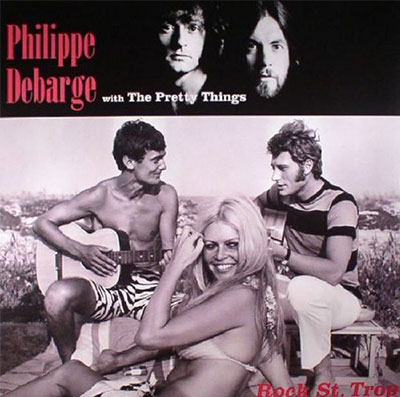
We are dedicating this next post to Phil May, who recently passed away in May, 2020. One of rock n roll’s great vocalists and personalities, he will surely be missed. The Rock St. Trop recordings date back to 1969, when rich French playboy Philippe Debarge hired the Pretty Things to be his backing band and record this fine album. Most fans usually refer to these recordings as Philippe Debarge. The album first surfaced in the form of a bootleg CD and then in recent years, two official releases became available through Ugly Things Records and Madfish.
At this point, lead guitarist and founding member Dick Taylor had left the group to be replaced by Victor Unitt. Philippe Debarge handles lead vocals but listeners can clearly hear Phil May on backup vocals. All tracks were written by Phil May and bassist/keyboard player Wally Waller and recorded in London’s Nova Studios. This album is the perfect bridge piece from S.F. Sorrow to Parachute. The recording quality is crude but highly listenable and the music surprisingly holds together as a cohesive album. Some of these tracks such as It’ll Never Be Me, Alexander and Eagle’s Son first appeared on the Electric Banana EP series. To me, those earlier Electric Banana versions (cut in 1967) are some of the best UK psych tracks ever waxed and have the edge as far as quality goes. But on the Rock St. Trop LP these songs are very good album cuts that lack the production values and studio trickery of the Electric Banana sessions. Also, Send You With Loving, an excellent folk rock number, appears on the Pretties’ BBC sessions though that BBC version was cut live in the studio and differs quite a bit from what’s here on the Rock St. Trop LP. As an album, this is strong all the way through. Of the songs I hadn’t heard, the opening jam Hello, How Do You Do is a highlight, notable for a long backwards guitar solo. You Might Even Say features fluid Spanish style guitar with mellotron making itself present during the song’s fade out. Other winners are You’re Running You and Me, a hard hitting acoustic rocker which effectively showcases the intricate three-party harmony vocals of May, Povey and Waller. I’m Checking Out has a strange vibrating guitar solo while New Day sounds like a good cut from Parachute, with strong guitar work and neat harpsichord flourishes.
While this is an album the Pretty Things never thought would be officially released, to this reviewer it’s a near classic work and a key album for fans of the band. The Pretty Things were on such a hot streak during the late 60s/early 70s that even their demo albums are better than most bands’ best work.
Send You With Loving:
You’re Running You and Me:
Peace:
It’ll Never Be Me:
![]() Vinyl Reissue | Madfish | 2017 | discogs ]
Vinyl Reissue | Madfish | 2017 | discogs ]

